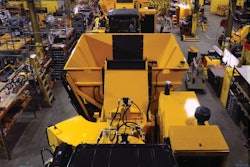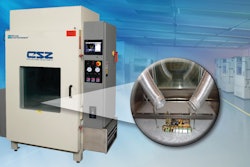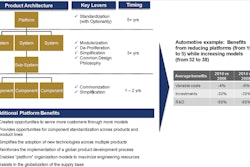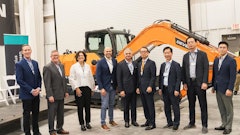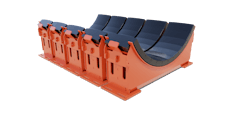In light of the recent re-election of President Obama, I thought a commentary on finding balance was quite suitable. The country has been split in nearly equal halves, both set on impeding the progress of the other side masked as the official "right way" for the country to head. Either way, there isn't a lot getting done.
There is frequently talk of bi-partisanship, of striking up a balance between both sides to find some semblence of common ground to bring the country together. While that cooperation may be far fetched, there are examples of balance in our niche off-road equipment industry.
Balance is essentially the foundation of success in a business. You balance your budget to make sure revenue exceeds expenditures. You balance your time spent on one project versus another depending on deadlines and complexity. You balance system features with productivity and operator wants with industry needs.
Our cover story demonstrates the strides taken by Oxbo International Corp., a specialty agricultural equipment manufacturer, to find a balance between maintaining its competitive advantage with specialized engineering on unique and niche product lines with the benefits and cost savings of a more standardized design and manufacturing approach.
The process took years to implement, and as Oxbo's Senior VP of Operations, Joe Perzia states, it's a continuous improvement program. What is unique about this lean manufacturing process improvement, is that Oxbo is a low-volume and high-variety company, which adds another level of complexity to capitalize on a modular system. Normally these economies of scale cost savings are better realized by companies with high volume and less variety.
Part consolidation allowed Oxbo to become more flexible with its inventory and demand better pricing for bulk part purchasing.
Oxbo was also able to leverage its other facilities as quasi-outside resources by implementing commonalities at each facility. It seems by simply opening up the channels of communication to improve ease of idea sharing across internal groups and facilities can help to streamline a process in the long run by finding the experts and best practices occuring presently.
"...there are many opportunities yet to be leveraged to be leaner," says Perzia. "Not only do I want to leverage the facilities more, but similarly leverage our engineering expertise to have the capability and capacity to churn out more products. If we use proven practices, we can reuse and repackage systems more efficiently with the hopes of being able ot develop new products quicker, better, faster and with less risk."
What lean practices have you implemented that allowed you to better leverage your internal capabilities and lower manufacturing and design time and costs? Email me. I'd love to hear about them. [email protected]





